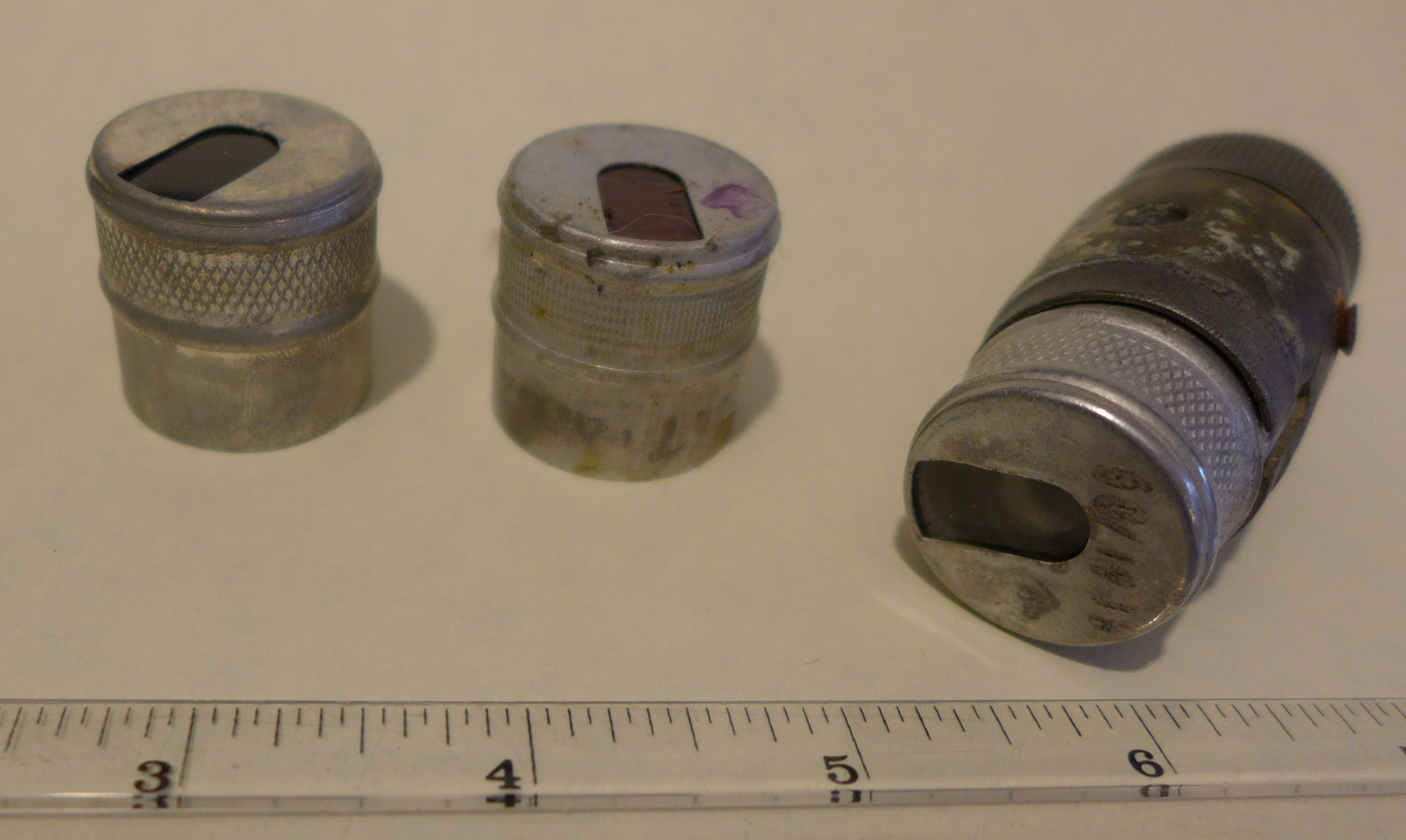Not every pilot of an Allied aircraft wanted to broadcast their position to all and sundry by activating their electronic IFF (Identification Friend or Foe) system. Yet, without the IFF signal, crews of night fighters could not readily distinguish between Axis aircraft and 'friendlies' maintaining electronic silence. Several aircraft types were easily confused in the dark, for example a Ju.88 seen from below against a starlit sky was almost indistinguishable from a Beaufighter in terms of silhouette. Likewise, a Heinkel He.177 and a Wellington bomber could be confused when seen from below and to the rear – the favourite attack approach for night fighters.
The development and use of Resin Lights attempted to solve this dilemma. Each lamp had a "resin" (plastic) filter. Filter colours were changed as often as daily, the combination of colours signalling "friend". Woe betide any allied aircraft not "burning" (showing) resin lights, or showing the wrong colour combination for the night.
These lights were small. Each consisted of a bakelite bulb holder accepting a bayonet cap bulb, 24 volt 2 watt. That assembly was mounted inside a 1" internal diameter brass tube, secured in place by two small diametrically opposed set screws thought to be 6 BA. The alloy-bodied colour filters ("Screens") had a 3/8" long ridge raised on the outside which mated with a matching slot in the brass tube. Two further holes at 90 degrees to those securing the lamp-holder in the brass tube fixed the whole assembly inside a lamp cover mounted on the airframe.
Seemingly unspectacular, resin lights must have averted at least some instances of 'Friendly fire'. Maybe one candidate for Gracie Fields’
Thing-Ummy Bob that’s going to win the war?
Copyright © 2014–2025. All rights reserved except where otherwise stated.

